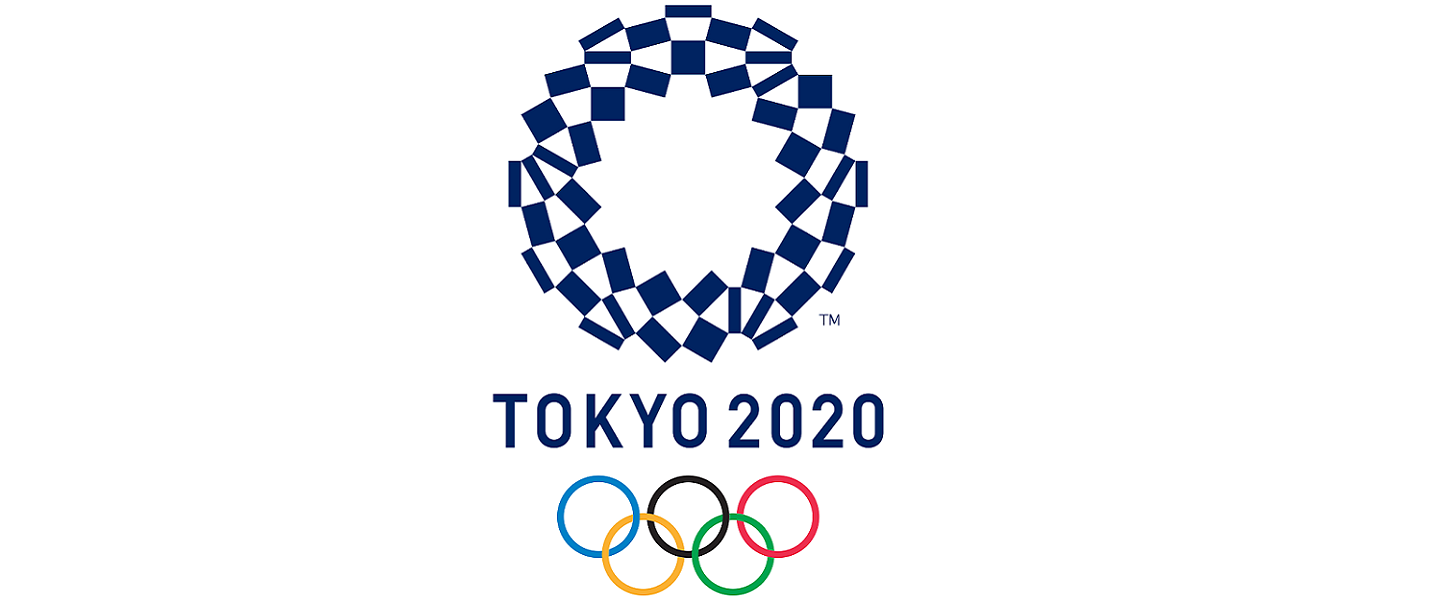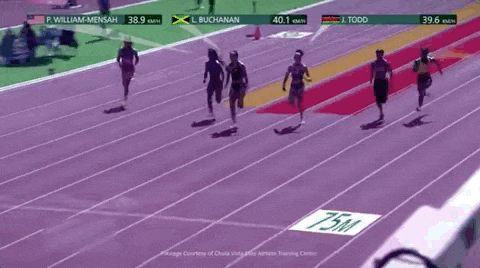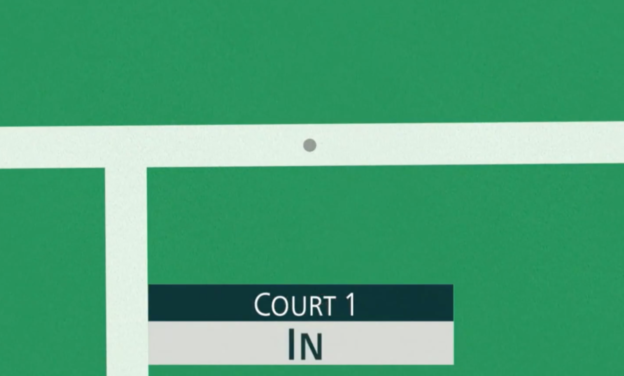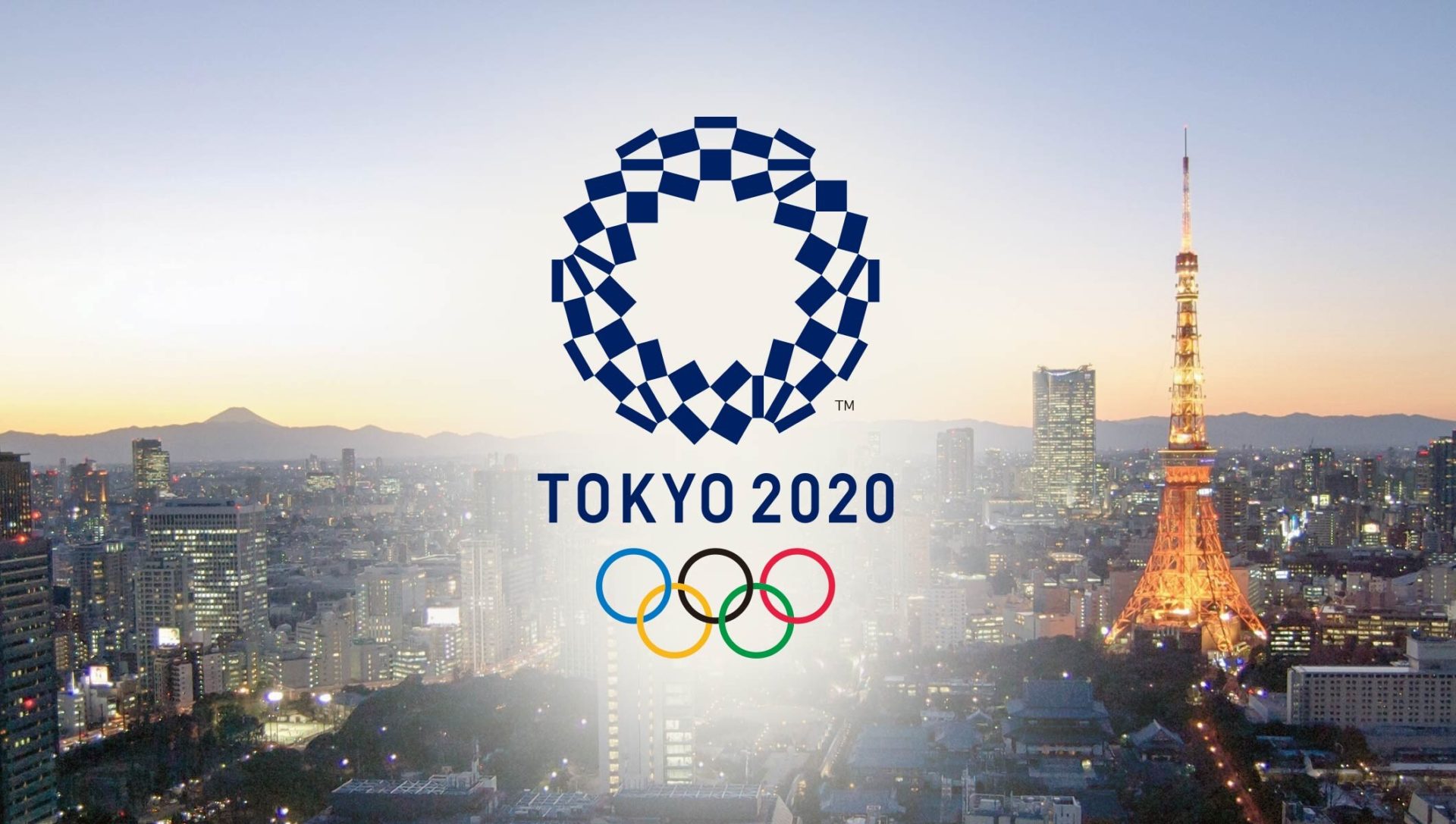Computer vision sounds like a complex and abstract topic, but in fact, it is used in a wide variety of places, including sports events. The 2020 Tokyo Olympic Games successfully finished in August this year, we are all amazed by the performances of athletes. Being a pioneer in robotics and smart city development, Japan demonstrated its strength and combined different technologies into this international sports event. Let’s take a look at the following examples and understand more about how computer vision can be used in the athletic field.

Combining Cameras and Computer Vision
Especially under the pandemic, the Olympic Games rely on live broadcasting to let audiences all around the world engage in the competitions. Therefore, videos played a very large part in the Olympic Games when it comes to broadcasting, recording, or even judging.
Multi-camera Replay System
To ensure the audience at home can have a better understanding of what’s going on with the competition, the Olympic Broadcasting Services team (OBS) adopted a multi-camera replay system to capture the real-time movements and situations of athletes from various perspectives. Collaborating with Intel, True View technology is used in basketball and football events. Tiny cameras are installed around the ceiling of the stadium and record different volumetric data. With the help of a high-performance server and computer vision, the height, width, and depth will be recognized, so the volumetric data will turn into accurate volumetric videos, which can be 360° replayed and generate stunning freeze frames for a more detailed explanation of the game.

Source: footbasket.com
3D Athlete Tracking
3D Athlete Tracking (3DAT) is a technology applied mainly to sprint events. We can always see the statistics of the athletes’ running speed in the broadcast, they are in fact acquired with the technology of 3DAT. Sophisticated cameras are installed above the stadium and capture the movements of sprint runners. With the use of computer vision and highly efficient data processors, the speed and time spent of the athletes will be computed and analyzed accurately. Since the computing system is highly efficient, the OBS is able to obtain and deliver the analyzed data promptly, then generate real-time overlay visualizations. For example, during the replays, the track will be colored while the athletes are running, representing their speed levels and demonstrating when they achieve the fastest speed.

Source: https://www.ww01.net/en/archives/16808
Hawk-Eye Judging System
The Hawkeye judging system might be the most discussed technology in the Olympic Games this year, at least for the Taiwanese. The Lin-Yang duo won a gold medal for Taiwan in the men’s double badminton tournament, and in the last round of the competition, the judge checked the surveillance system to see if the ball was inbounds or not. The result turned out to be good news, and the screen capture went viral in Taiwan.

The above screenshot is captured with the hawk-eye system, which has been widely applied to different ball games since 2002 such as volleyball, handball, and badminton. There were over 10 high-speed cameras installed around the venue, combining with the technologies of artificial intelligence, time recording, and computer vision, the hawkeye technology is able to recognize the shape of the ball, follow its movement and estimate its landing point. Of course, there must be some deviation from the actual result, which is 3.6mm according to the latest data, but it is already accurate enough for the judgment. In addition, the playback will only occur when there are challenges proposed by the athletes, the judges will make decisions based on their eyes the majority of the time.
Autonomous Vehicles in Olympic Village
Driverless cars might be the new trend in the foreseeable future, autonomous driving technology can be found in the Olympic Village this year in Tokyo. To assist the transportation of athletes, autonomous buses developed by Toyota have been put in service in the Olympic village. It is the trial of the buses before officially launching in the future, therefore people were controlling the buses at the back end to ensure the safety of the athletes.
http://www.youtube.com/watch?v=lpbjxz6tnrI
Computer vision technology has also been applied to autonomous cars. With the cameras attached to the vehicles, the real-time situation of the road can be captured and analyzed by the computer. The sensors on the car can also detect if there are any objects around, the autonomous vehicles can then generate a 3D map and understand the surrounding environment better. The best route will be calculated by the computer to make sure the car will not hit anyone or anything so that the passengers’ safety will be ensured. It is hoped that the driverless buses can be put in service with further improvements.
Free Throw Robot
The obsession of the Japanese towards robots is unstoppable, you can always find robots designed with artificial intelligence everywhere. The Olympic Games are not an exception, CUE is a free throw robot created by Toyota. Obviously, it is designed to free throw and it performed during the halftime show this year in the Olympic basketball matches. With a sophisticated camera installed on its face and a set of computer vision systems installed, CUE is able to identify the goal, which is the net, then calculate the distance between itself and the goal, and eventually come up with the best angle and strength to throw the ball. Although CUE is still under development, its calculation is already very accurate, and successfully shot a three-pointer and a logo shot in the Olympic game halftime show. Let’s take a look at the following video.
Computer vision is usually one of the major elements required to build a robot, robots can also be a good assistant to humans. It is not hard to see that in the future, athletes can make great use of robots or other more advanced technologies to assist their training.
With so many advanced technologies demonstrated in the 2020 Olympic Games, we all agree that Japan has done a really good job in smart city development. Through the mentioned examples, we can also see that computer vision can be widely used and bring benefits to humankind. If you would like to know more about the use of computer vision and how it can make our society smarter, feel free to read more on our website.
